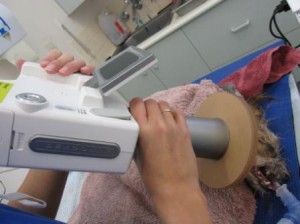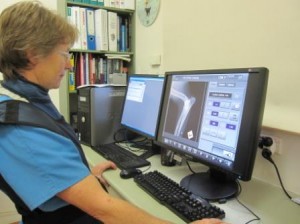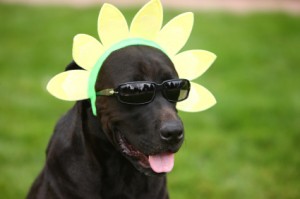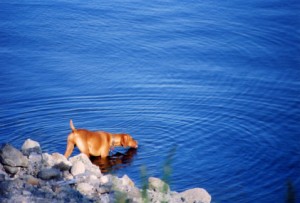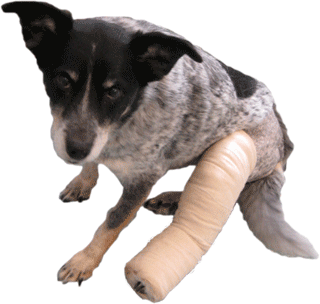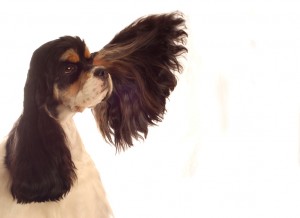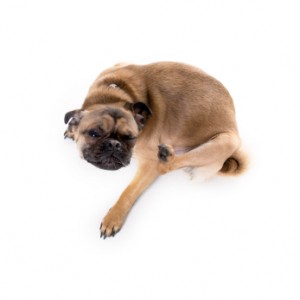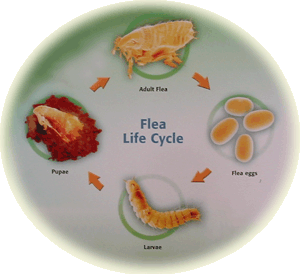Toilet training is fundamental to a new pup’s introduction to family life. Start it the minute you get home with her.
Choose a toileting place away from the deck, thoroughfares and busy spots like the clothesline.
Give her plenty of opportunities to go to this place. Take her out to this spot before she has time to find another: as soon as she wakes from a snooze, after food, after play or if she starts to sniff or circle suspiciously.
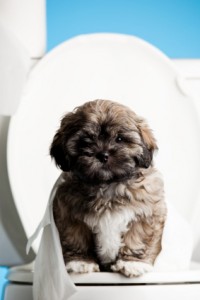 While she is toileting say “wee” or “potty” so that she learns to toilet on command. This is useful for the last walk before bed or when travelling.
While she is toileting say “wee” or “potty” so that she learns to toilet on command. This is useful for the last walk before bed or when travelling.
Positive reinforcement is the key to successful toilet training. Immediately reward her after she relieves herself. Praise her with a pat, “good girl” and, especially at first, give her a food treat. Try not to miss an opportunity for rewarding her for the right behaviour and she will soon learn to do the right thing.
Set an alarm to remind you to take her out again so she doesn’t make a mistake.
If she doesn’t go when you take her out, set a 10-15 minute alarm and keep her on lead, in a crate or with you to prevent any mishaps.
Short term confinement in a crate inhibits elimination and many pups will toilet as soon as they are released. Take advantage of this by rushing her to the chosen place as soon as you open the crate.
If she soils inside ignore her and clean the area with a non-ammonia based cleaning product like Urine-off so she doesn’t use the same place again.
Punishment for toileting inside will associate toileting near you with trouble. She will avoid you and toilet training will be delayed.

